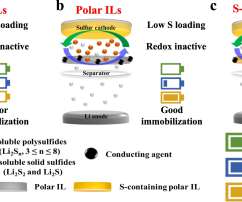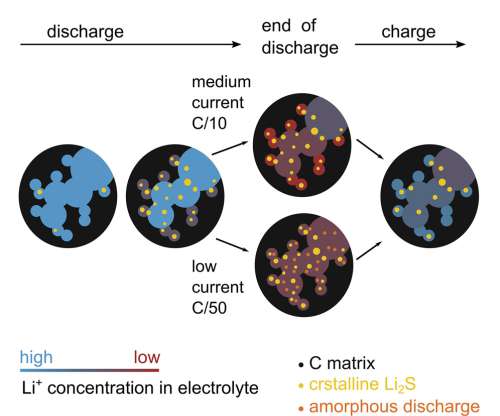Argonne team uses redox-active interlayer to advance high-energy Li-S batteries
Green Car Congress
JANUARY 8, 2023
Researchers at Argonne National Laboratory have advanced lithium-sulfur (Li-S) battery research by creating a redox-active interlayer within the battery that adds energy storage capacity while nearly eliminating a traditional problem with sulfur batteries. —Lee et al.

































Let's personalize your content